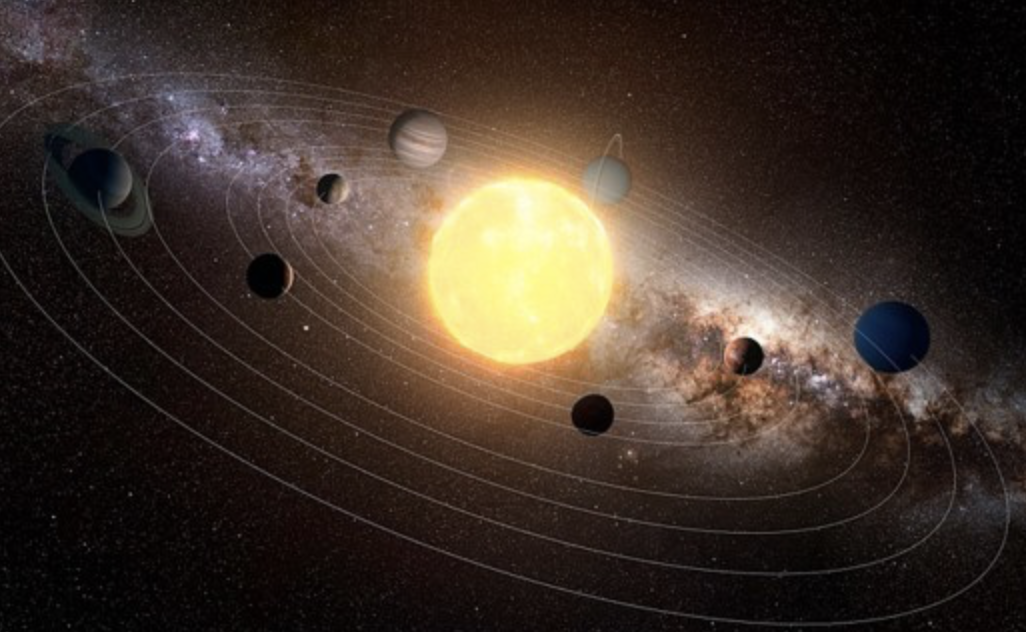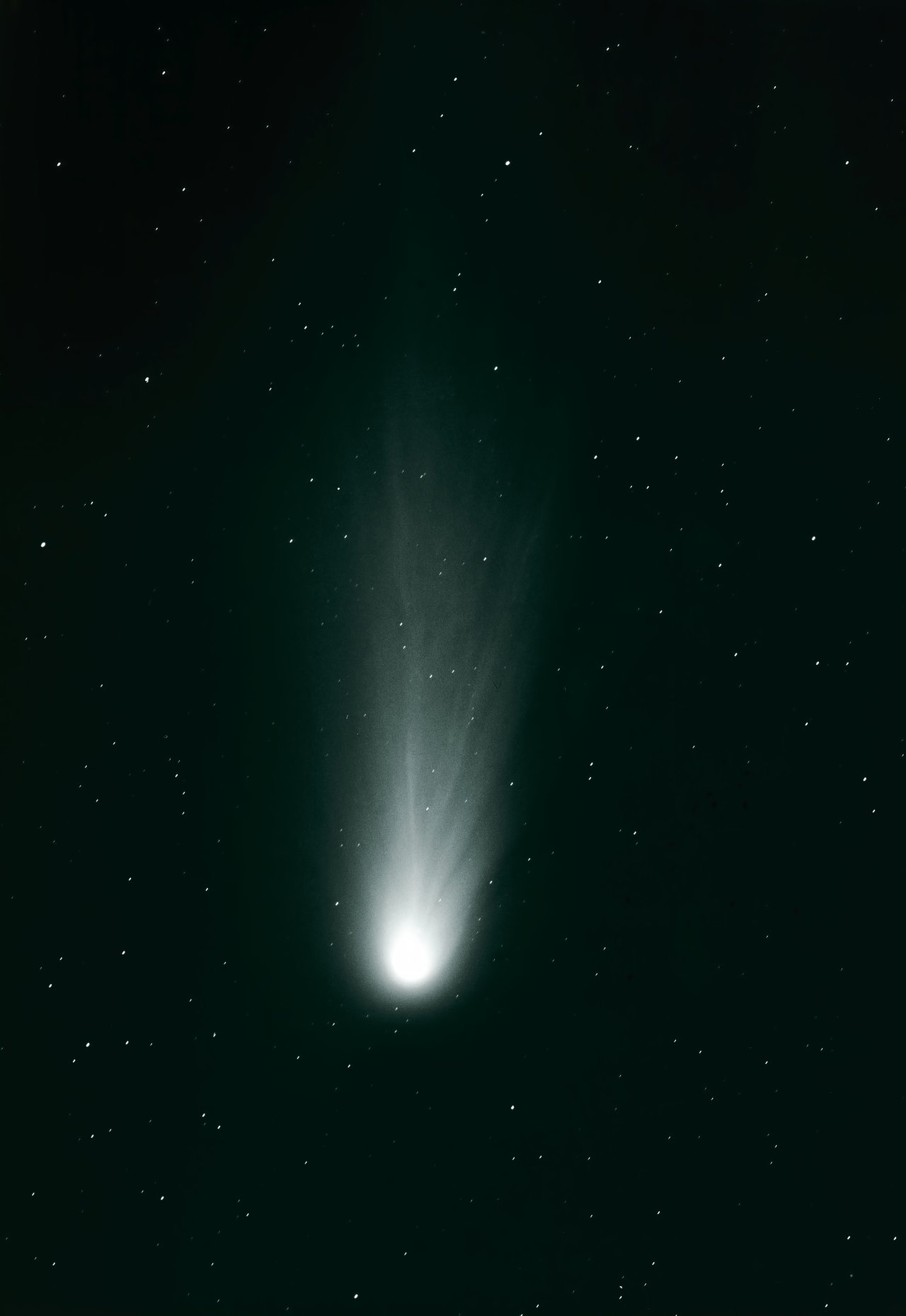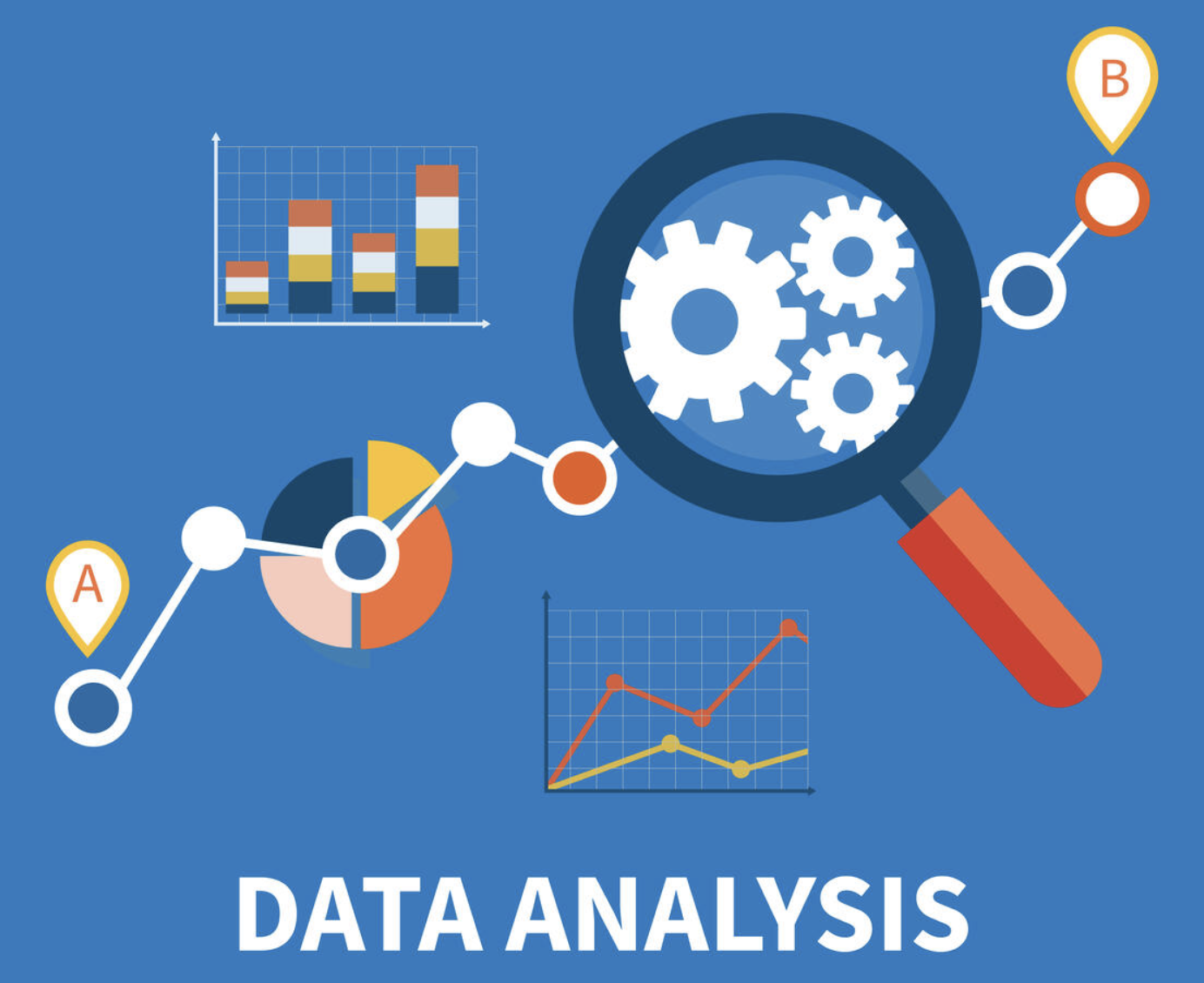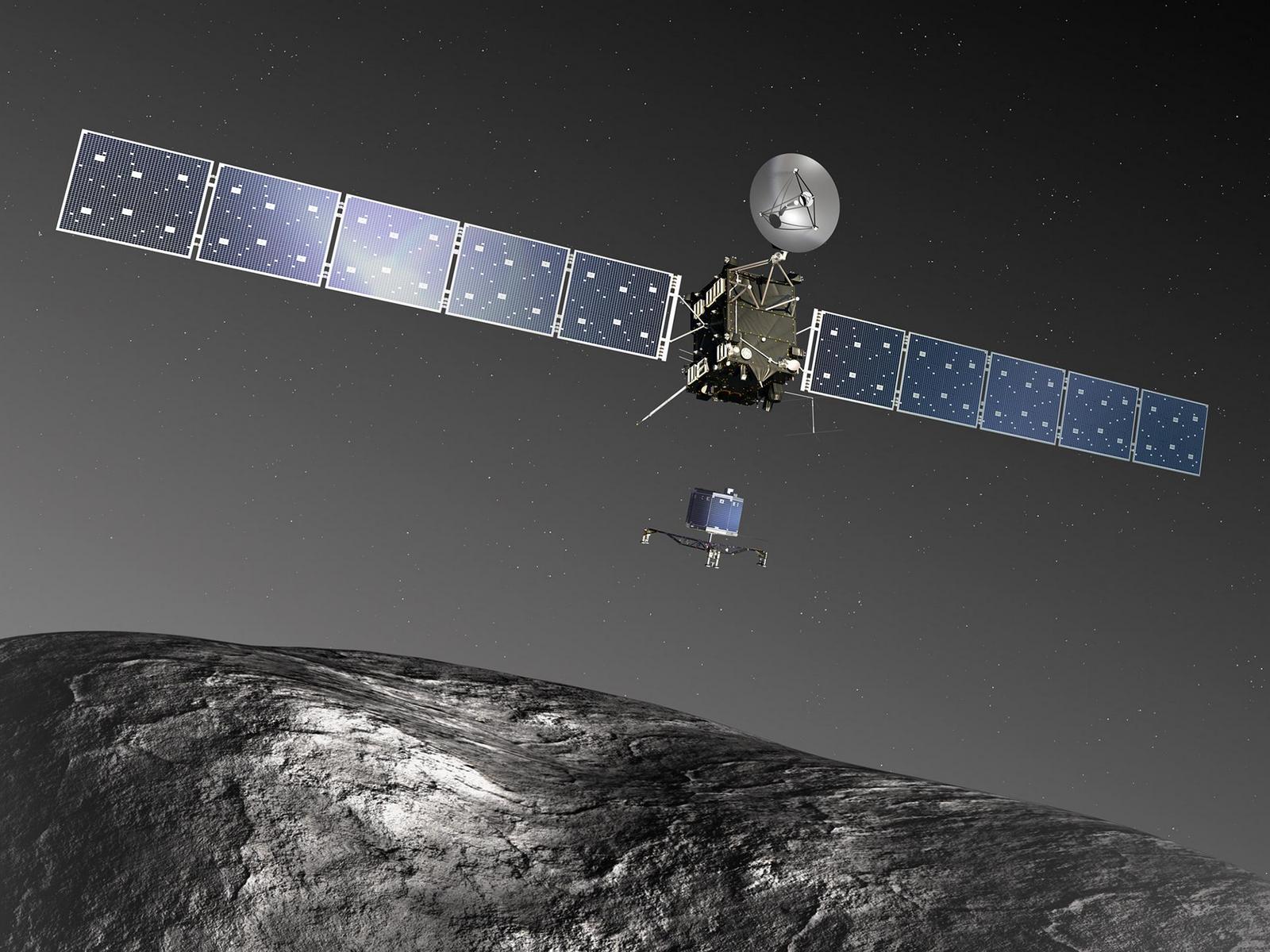
Understanding the structure of the smallest grains
Rosetta/MIDAS
Comets are almost pristine material in out Solar system. To understand how comets are formed, what we need to understand is the structure of the smallest grains and how they are built. MIDAS is an ideal instrument to know their structure and morphology, which are linked to many cometary properties (e.g., activity and thermal conduction). Briefly speaking, what we see with MIDAS instrument is dust particles that are made of smaller aggregates, which is similar with what COSIMA instrument shown but down to even smaller scales (Bentley et al. 2016, Nature). Futhrermore, we found an extremely
porous particle (particle E) described by a fractal dimension of D_f = 1.7 ± 0.1 (Mannel et al. 2018) !
What I am studying now is the particles on MIDAS’ collection facets and visualizing the distribution on a map. I am investigating if the particles can be categorized in different cometary dust populations (e.g., according to their spread over the targets, or other criteria, comparison these categories to those found in related cometary dust datasets). I will finally determine the least altered particles and the properties with the highest potential to have preserved information about comets or the early solar system.
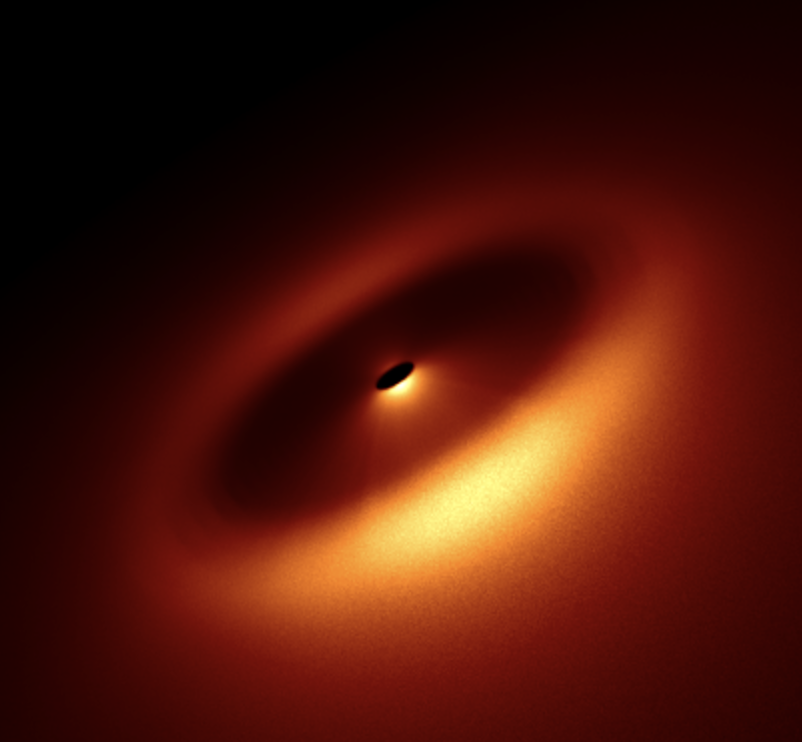
Debris Disks in Planetary Systems
FOR 2285
Debris disks are the belts of comets, asteroids, and their dust around main-sequence stars. Like planets, debris disks are a natural outcome of planet formation processes. They can tell us a lot about the history and architecture of planetary systems.
I am developing observational strategies that allow the verification of predictions made concerning the spatial structure, underlying dynamical processes, and optical properties of the dust in debris disks. I am also doing an Investigation of the potential of multi-wavelength, spatially resolved observations to constrain the spatial distribution and optical properties of various dust phases, characterized by their size, chemical composition, and internal structure (compact/porous, amorphous/crystalline, single component/multi-layer).

Blue earth around red star
CARMENES
CARMENES (Calar Alto high-Resolution search for M dwarfs with Exoearths with Near-infrared and optical Échelle Spectrographs) is a next-generation instrument built for the 3.5m telescope at the Calar Alto Observatory by a consortium of German and Spanish institutions.
CARMENES aims to carry out a survey of 300 late-type main-sequence stars with the goal of detecting low-mass planets in their habitable zones. The science survey of Guaranteed Time Observations started on 01 Jan 2016 and will last for at least five years
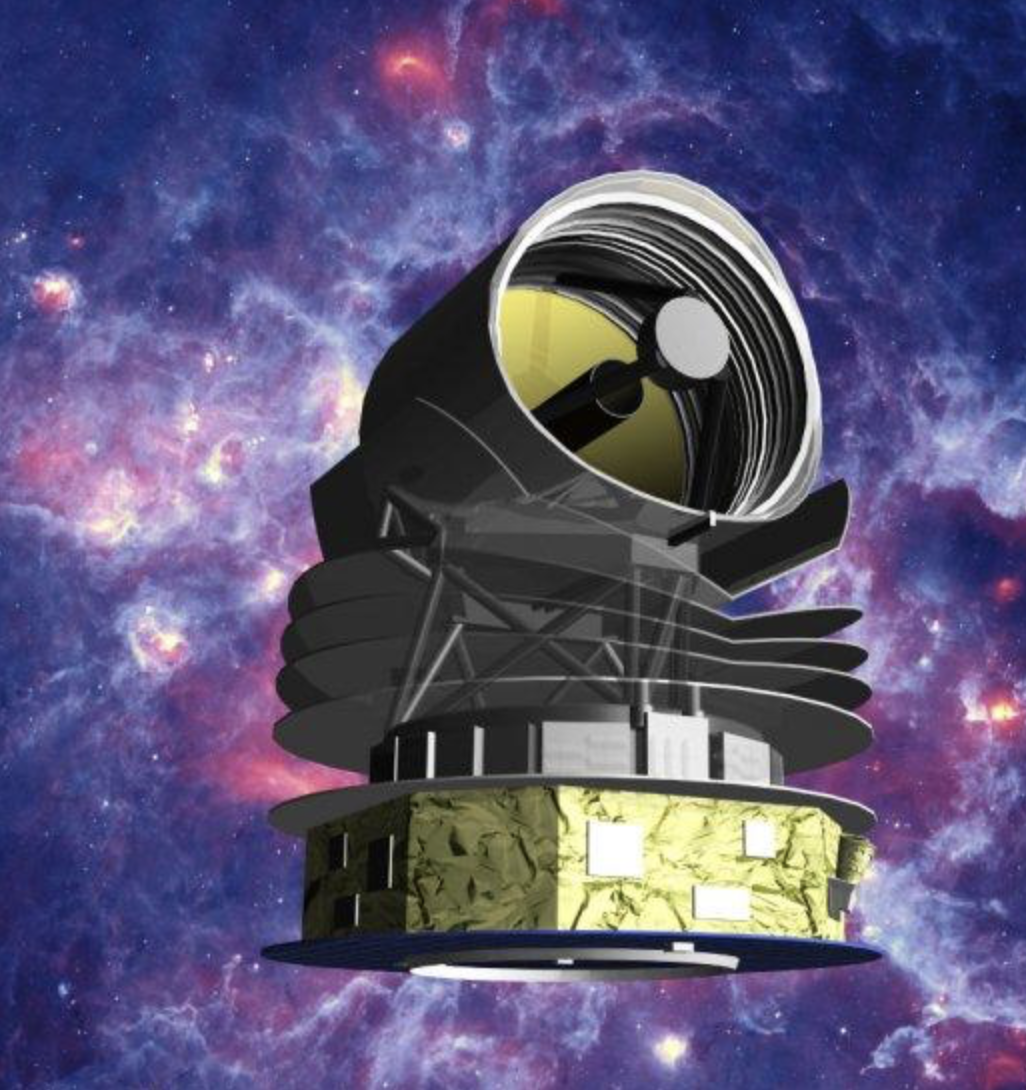
The most sensitive infrared telescope
SPICA
The Space Infrared Telescope for Cosmology and Astrophysics (SPICA), was a proposed infrared space telescope. SPICA is studied as a joint mission, i.e. a collaboration between European and Japanese scientists. This mission was selected in May 2018 by the European Space Agency (ESA) as a finalist for the next Medium class Mission 5 of the Cosmic Vision programme, to launch in 2032.
SPICA aims to improve, at least by two orders of magnitude, the spectroscopic sensitivity as compared to previous space telescopes (e.g., Herschel and Spitzer).

